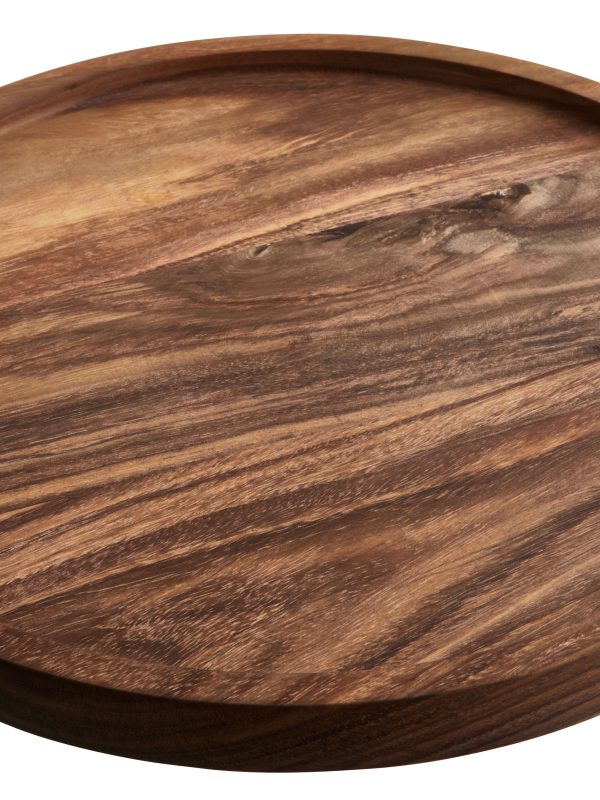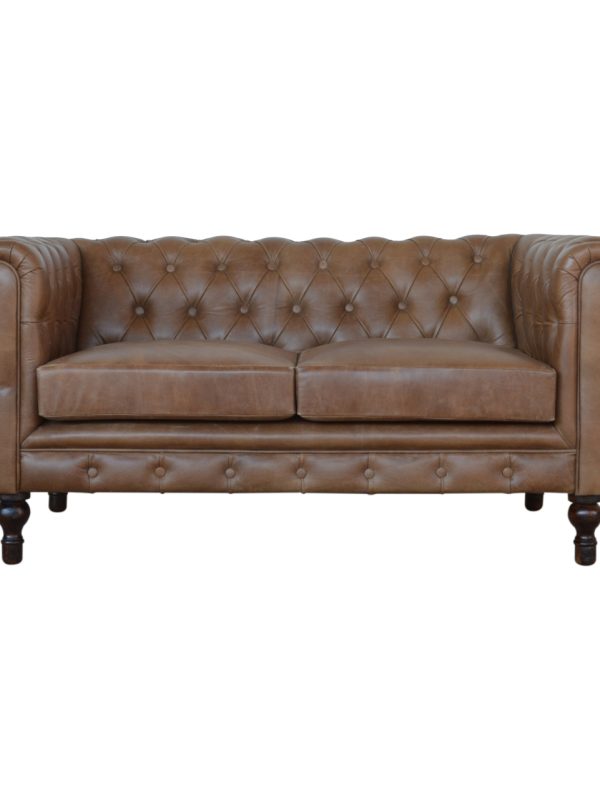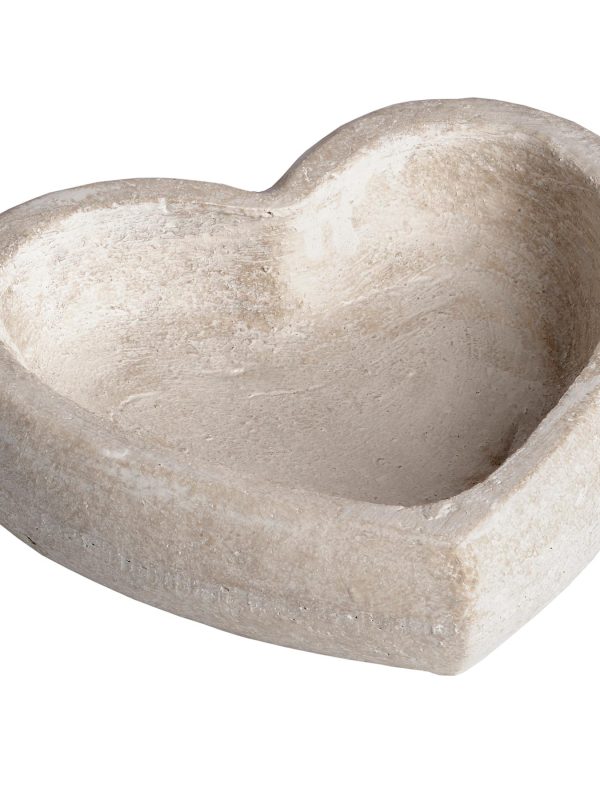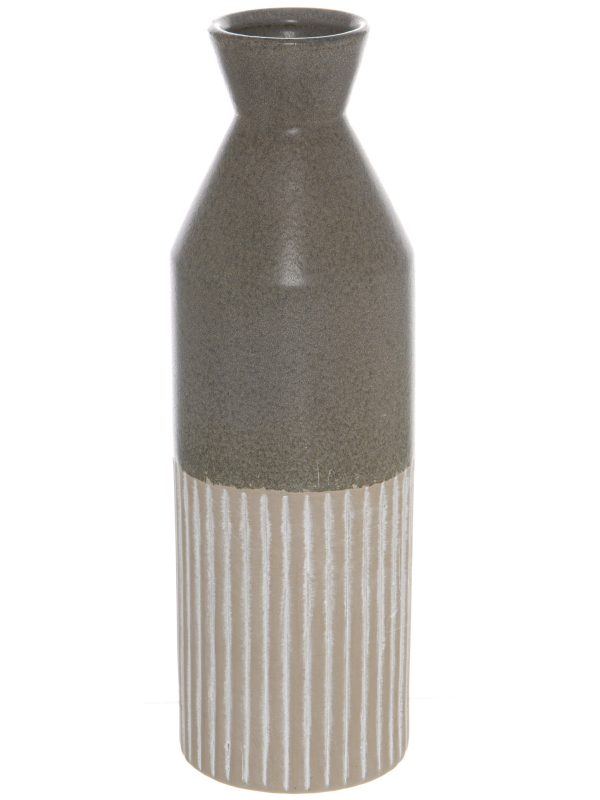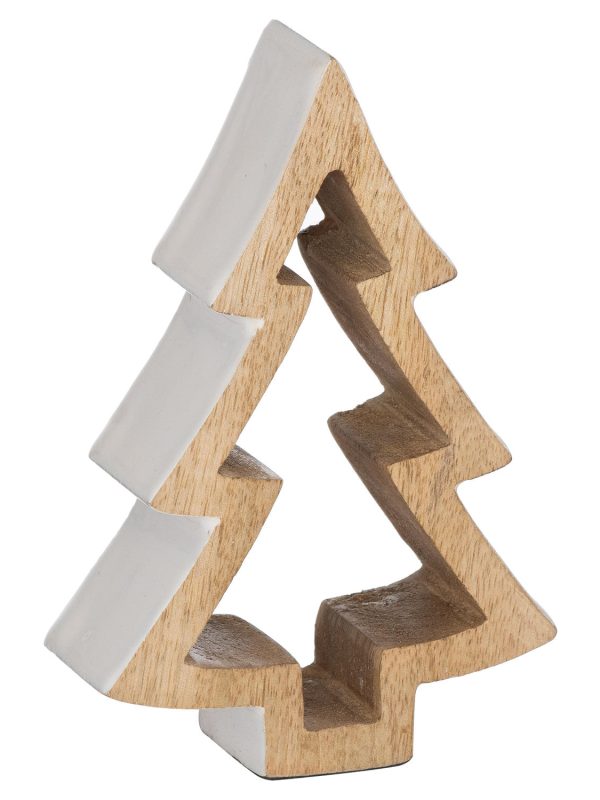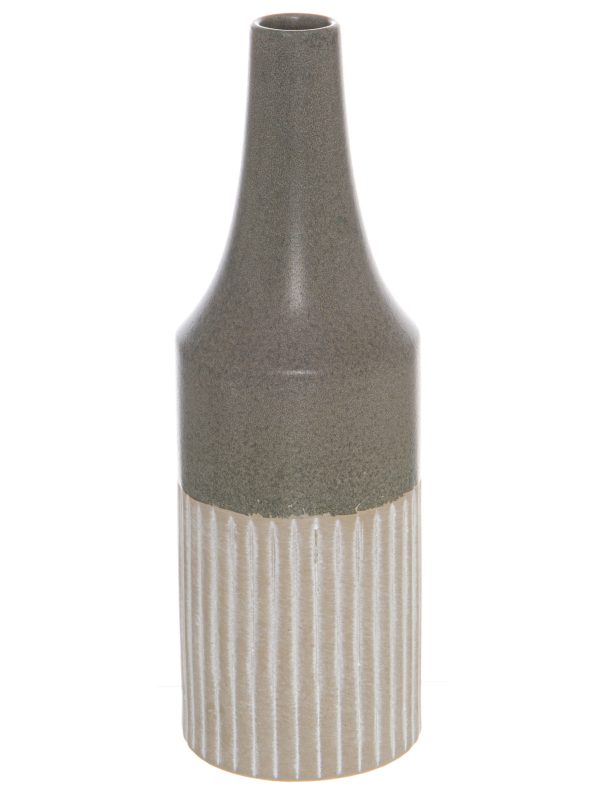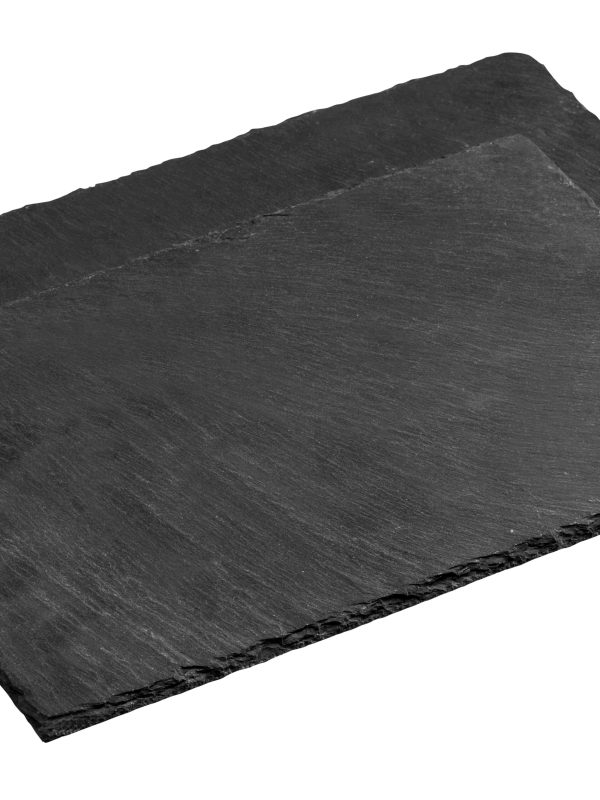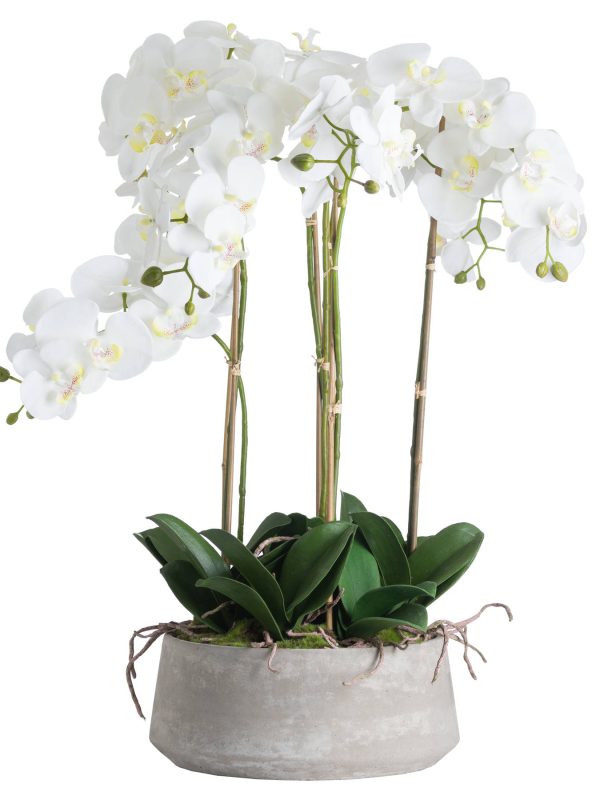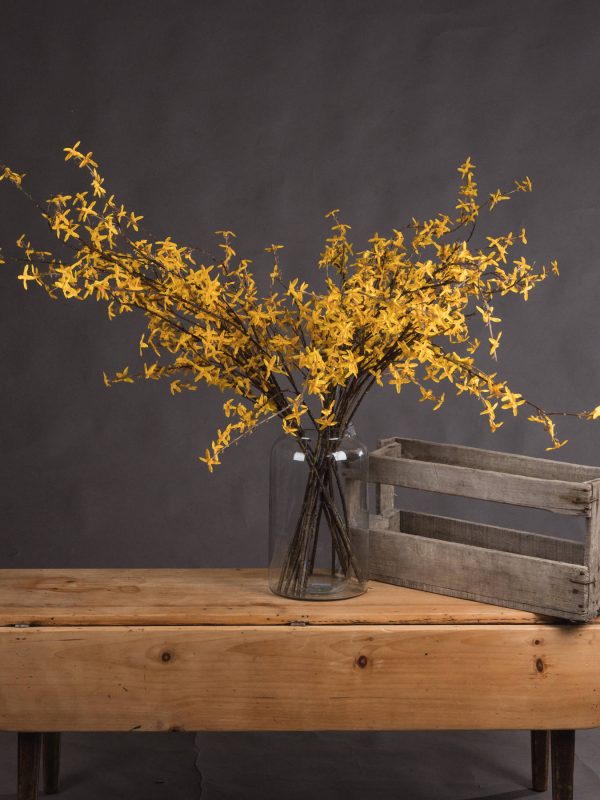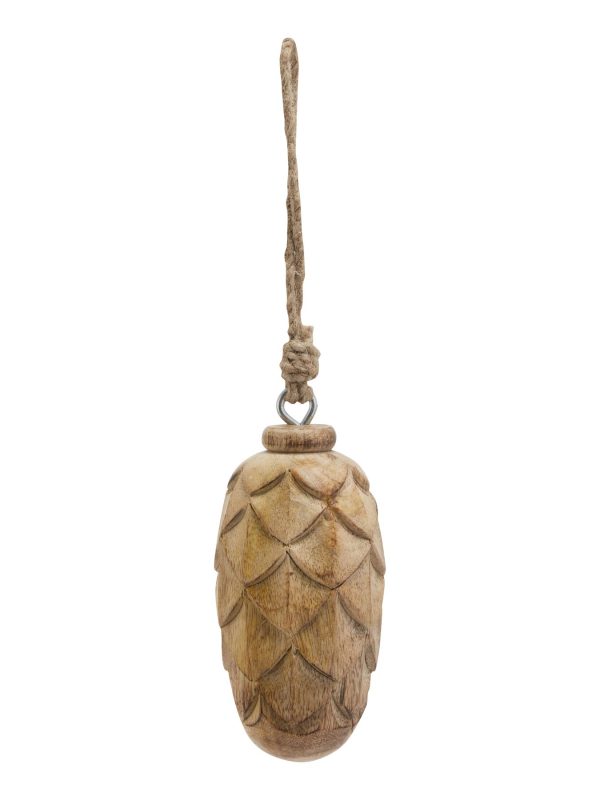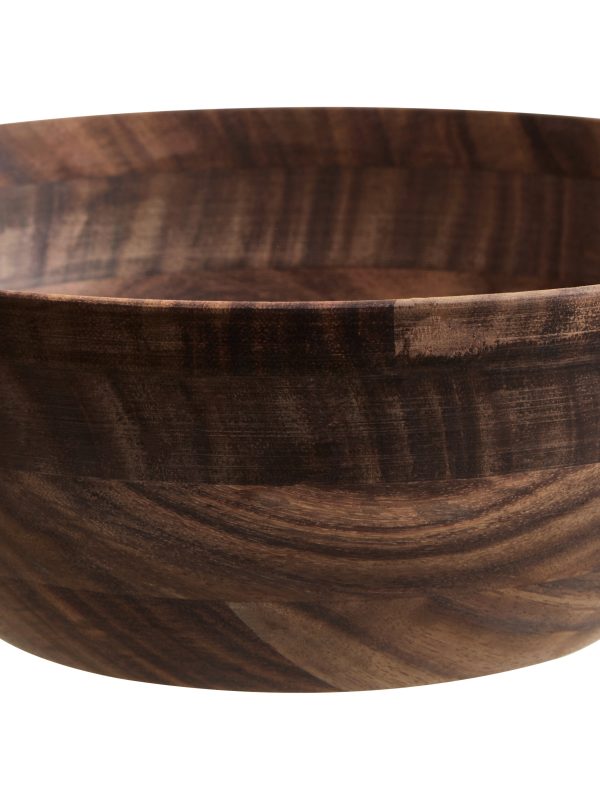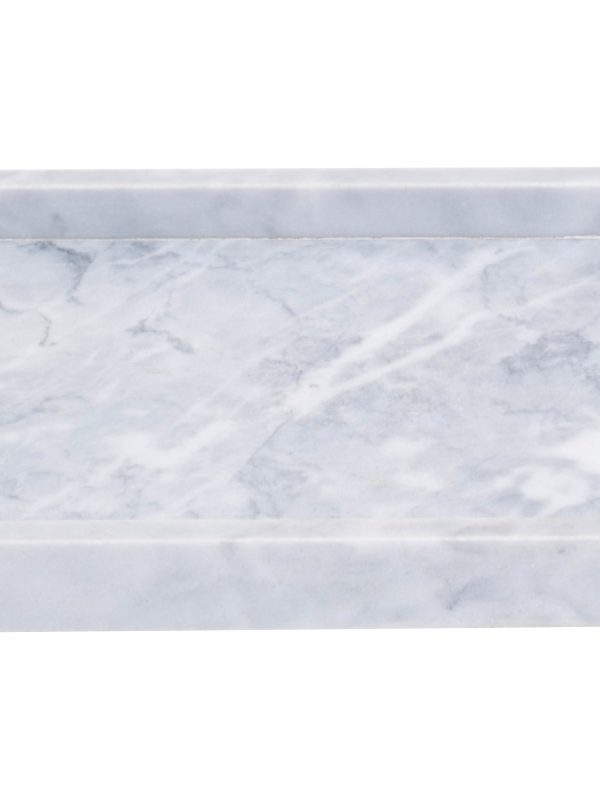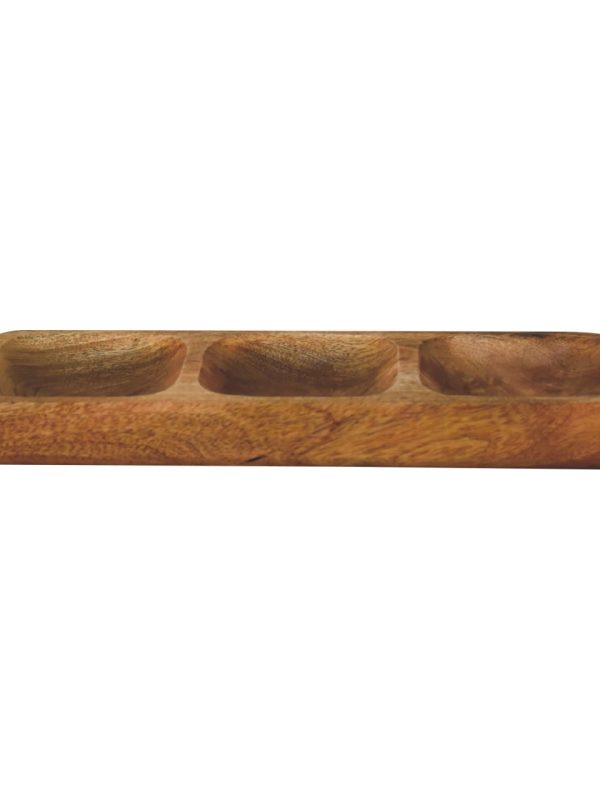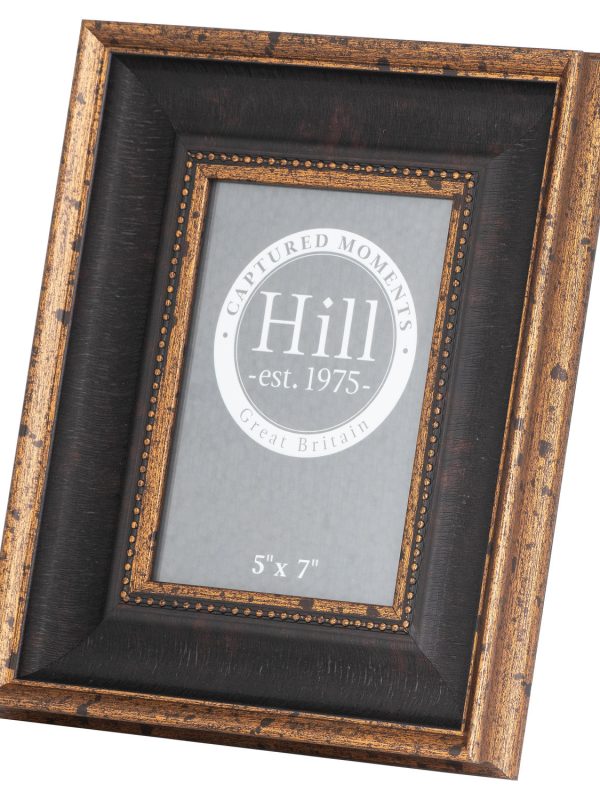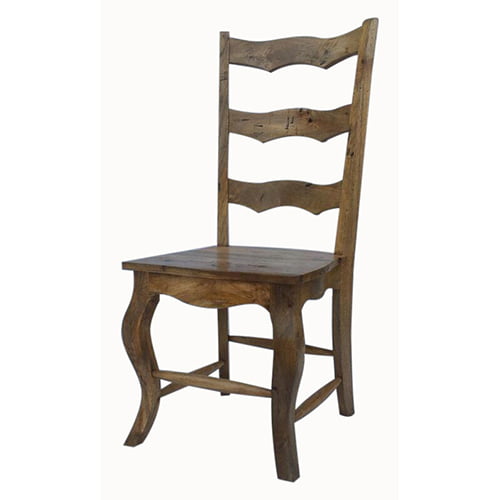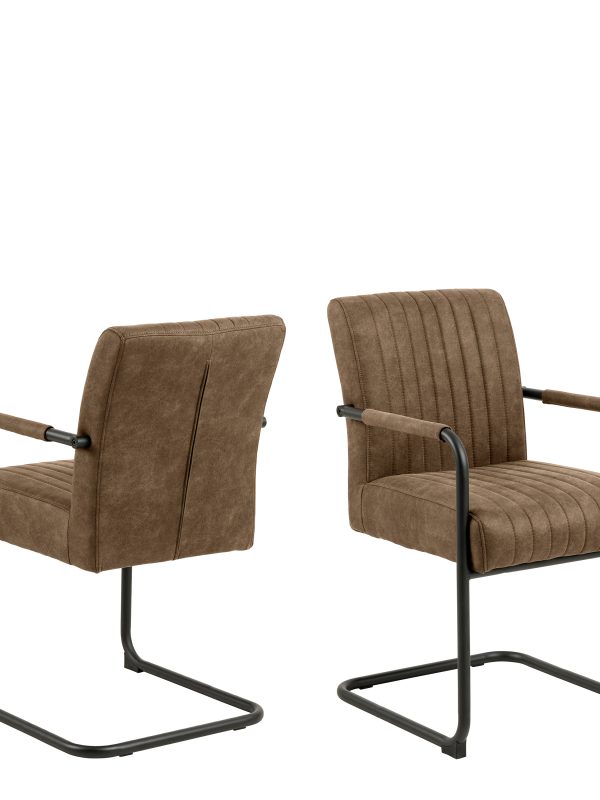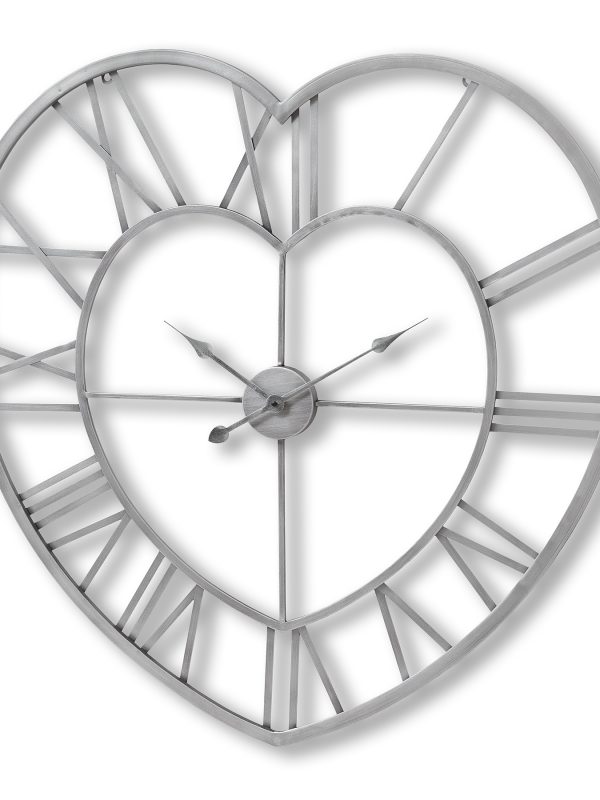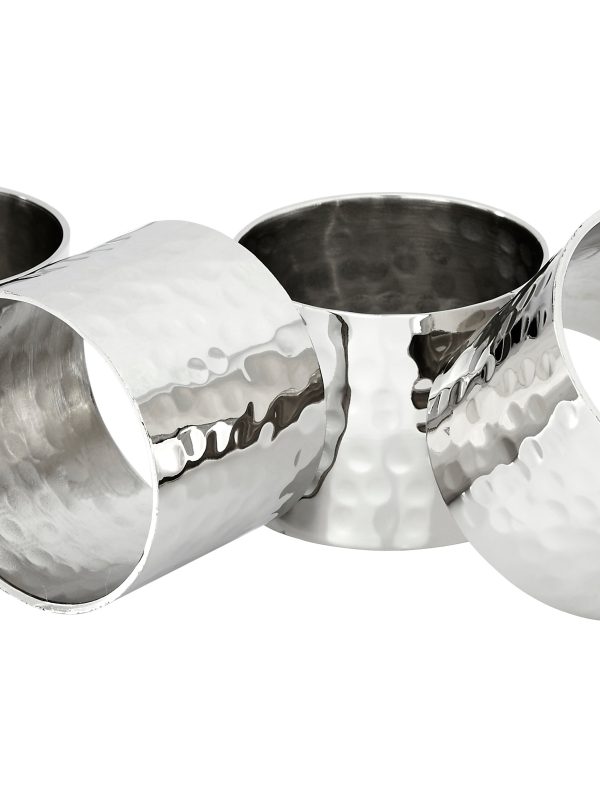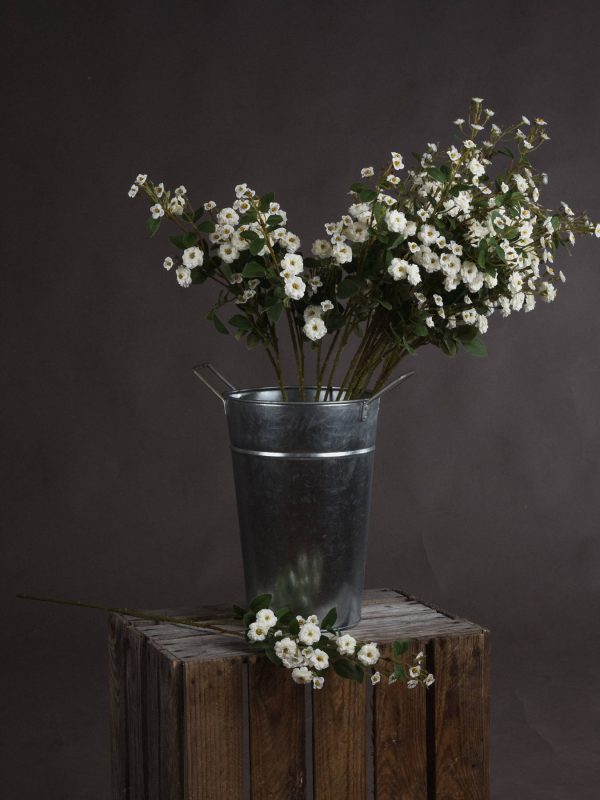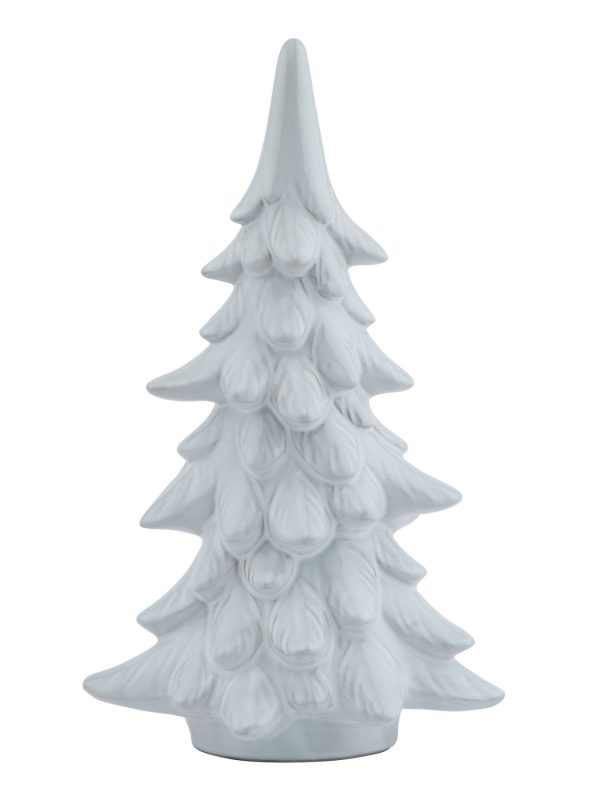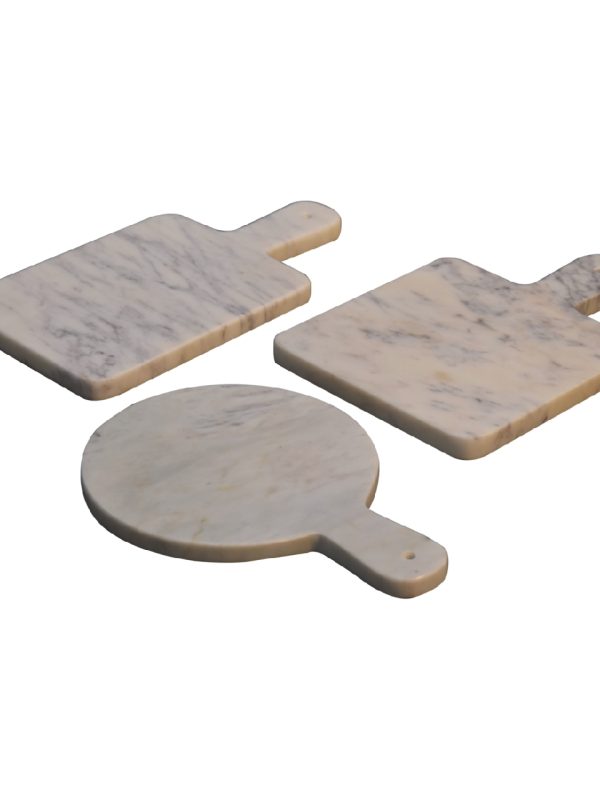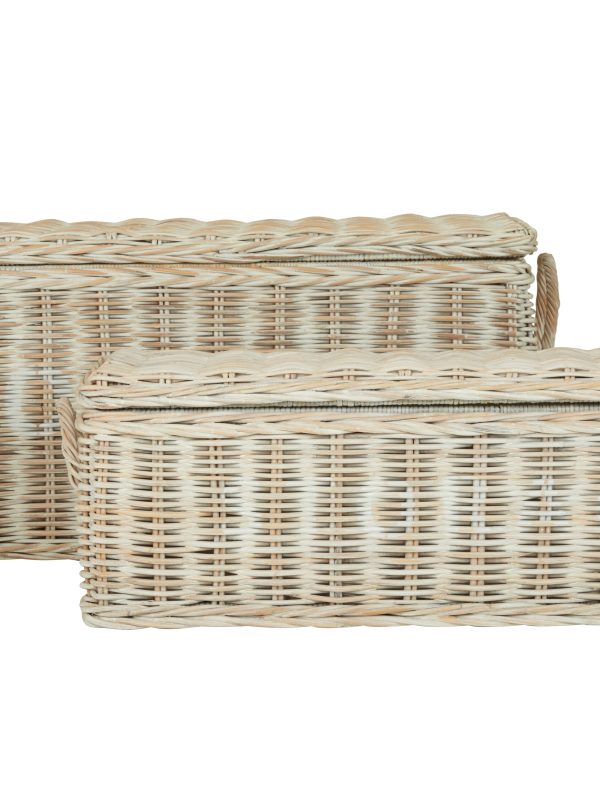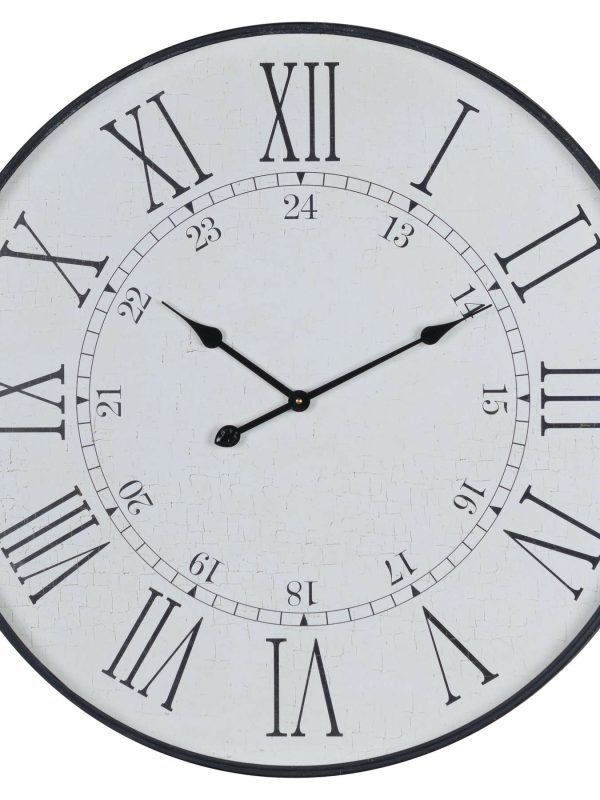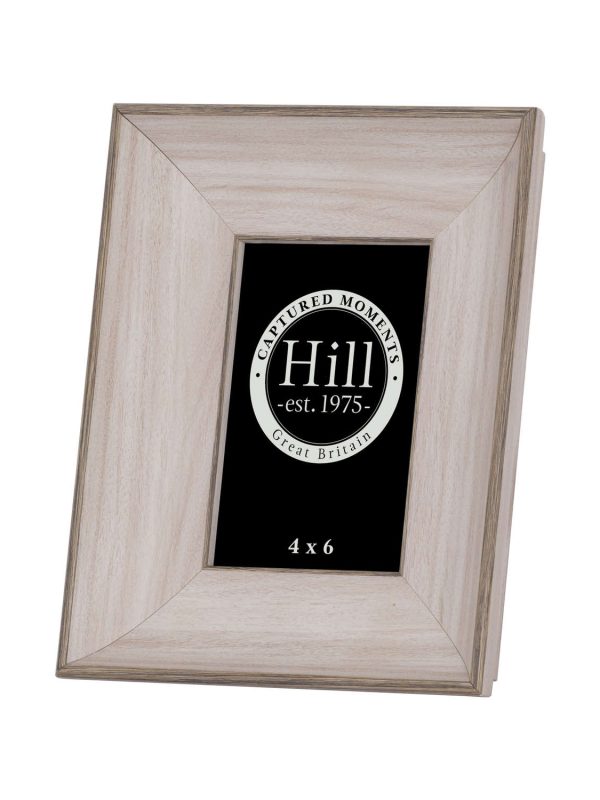Lighting is one of the most powerful tools in interior design. It sets the mood, highlights key features, and makes a room feel welcoming. Investing in designer lighting — whether pendant, floor, or table lamps — can transform your home into a stylish, functional, and inviting space.
This guide explores the main types of designer lighting, how to choose the right style for each room, and practical tips to get the best results.
Why Designer Lighting Matters
- Elevates your interior: Designer lighting adds a sculptural element, turning functional fixtures into statement pieces.
- Quality craftsmanship: Better materials and finishes create long-lasting designs.
- Atmosphere control: The right lighting layers make your home feel cosy, luxurious, or energising depending on your needs.
Pendant Lighting
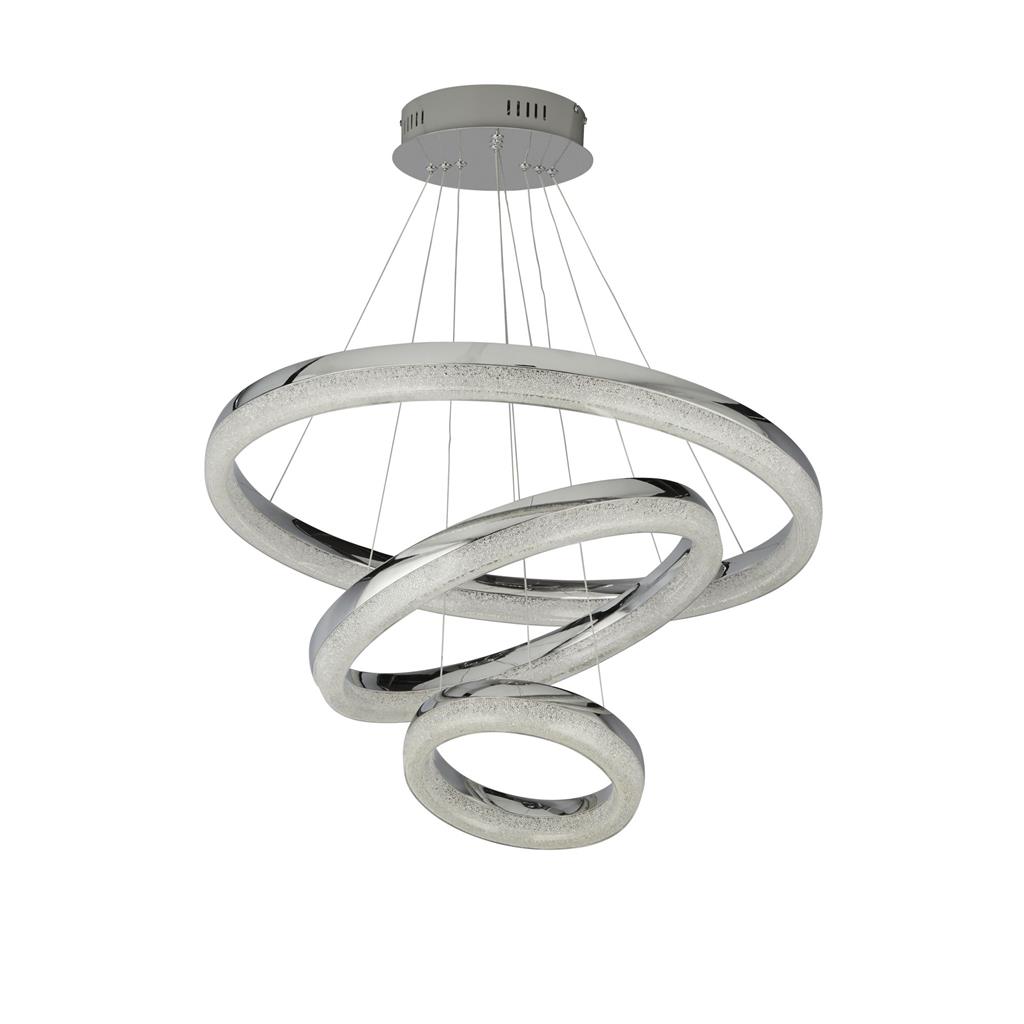
When to Use Pendants
Pendants are perfect for:
- Dining tables (one large pendant or a row of smaller ones).
- Kitchen islands.
- Staircases and entrance halls.
Styles to Consider
- Minimalist pendants – sleek glass or metal for modern spaces.
- Cluster pendants – multiple small shades grouped together for impact.
- Sculptural pendants – statement pieces that double as art.
Pro Tip
Hang pendants low over dining tables (around 75–90 cm above the surface) for intimacy, but keep them higher in walkways to avoid obstruction.
Floor Lamps
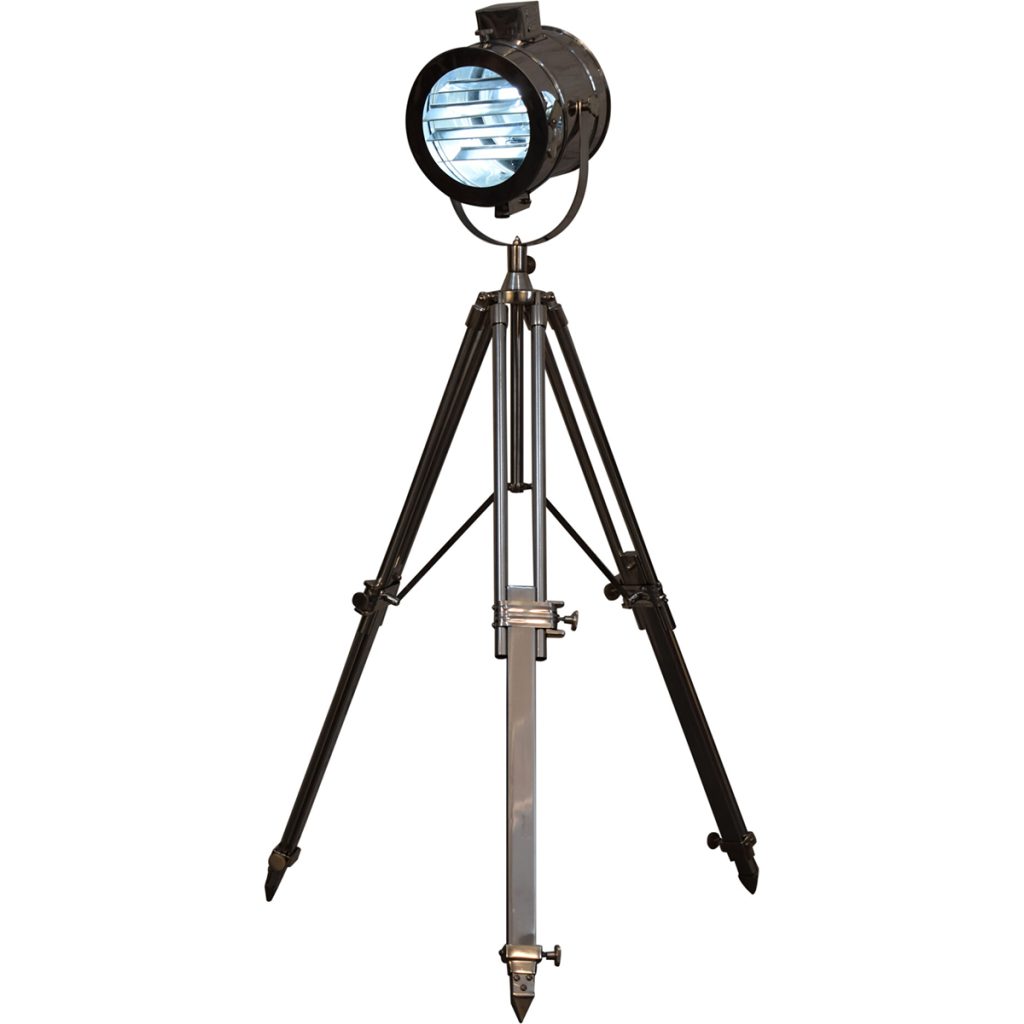
Why Floor Lamps Work
- Fill empty corners.
- Provide ambient light where ceiling lights don’t reach.
- Add height and sculptural balance to a room.
Popular Styles
- Arc floor lamps – curved arms for overhead light without ceiling fixtures.
- Tripod lamps – stylish bases that add structure.
- Slimline modern lamps – minimal frames, ideal for smaller rooms.
Pro Tip
Use floor lamps to balance a room visually — for example, placing one opposite a sofa or beside an accent chair.
Table Lamps
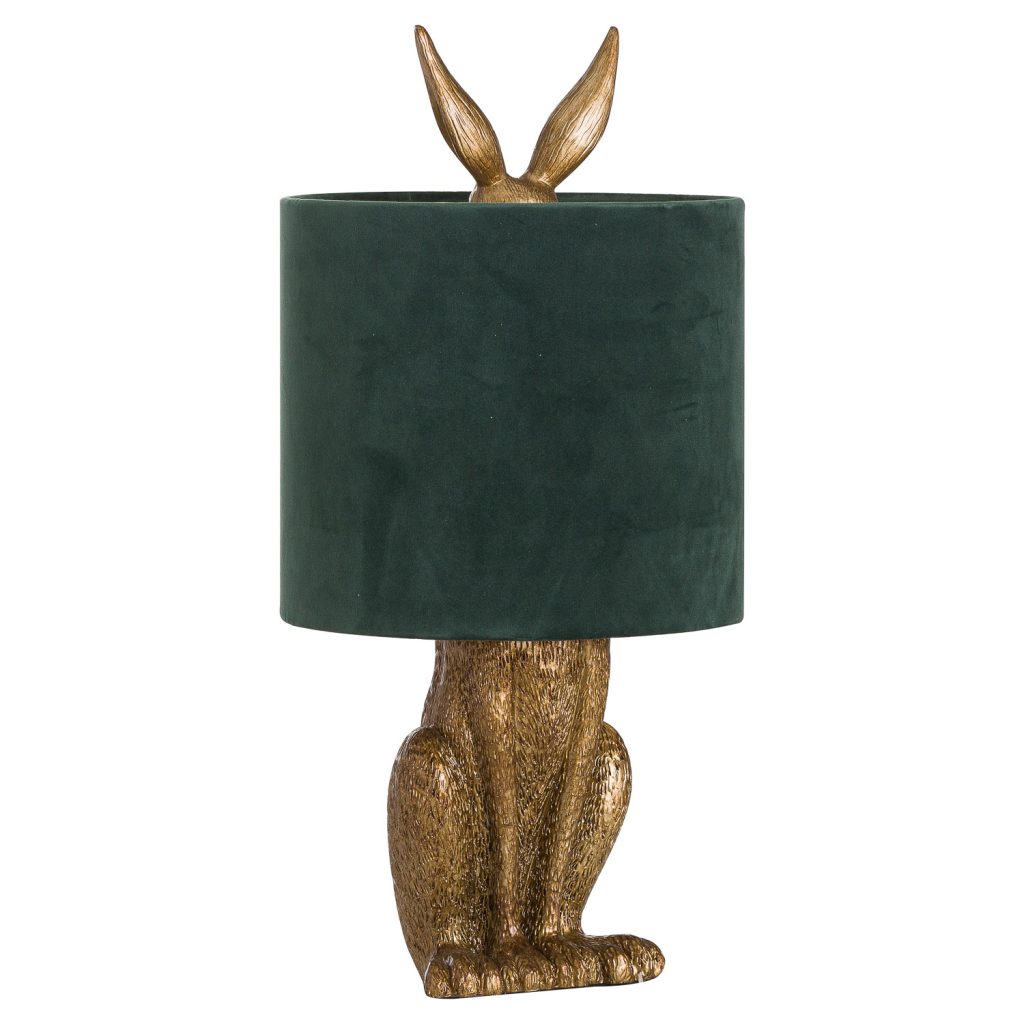
Where to Use Them
- Bedside tables.
- Consoles in hallways.
- Side tables in living rooms.
Styles to Explore
- Ceramic bases for timeless appeal.
- Metallic finishes for a modern edge.
- Glass or crystal lamps for glamour.
Pro Tip
Always consider scale. A small lamp looks lost on a large console, while an oversized lamp can overwhelm a narrow bedside table.
Layering Your Lighting
The best interiors use three layers of light:
- Ambient light → overall illumination (ceiling lights, large floor lamps).
- Task light → focused light for reading or cooking (desk lamps, pendants).
- Accent light → highlights for mood or art (small table lamps, LED strips).
When combined, these layers create depth and atmosphere.
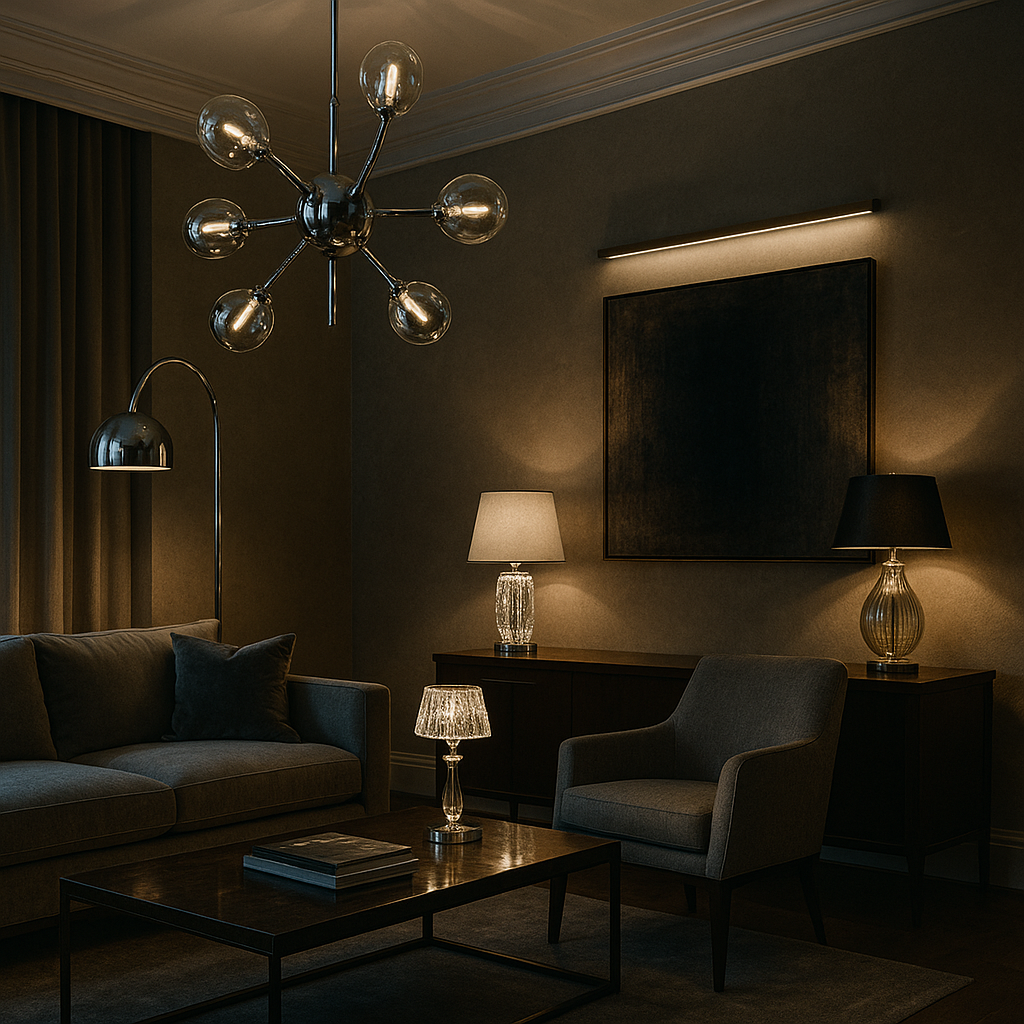
Choosing the Right Bulbs
- Warm white (2700–3000K): Perfect for living rooms and bedrooms.
- Cool white (3500–4000K): Ideal for kitchens and bathrooms.
- Smart bulbs: Adjust brightness and colour temperature with an app.
Maintenance Tips
- Dust shades and bulbs regularly to maintain brightness.
- Replace halogen with LED for efficiency and longevity.
- Use dimmers to extend bulb life and customise mood.
Light Your Home Like a Designer
Great lighting isn’t just about visibility — it’s about creating atmosphere and showcasing your style. By mixing pendants, floor lamps, and table lamps, and layering them thoughtfully, you’ll achieve a space that feels warm, luxurious, and uniquely yours.
👉 Explore our designer lighting collection to find the perfect pieces for your home.
